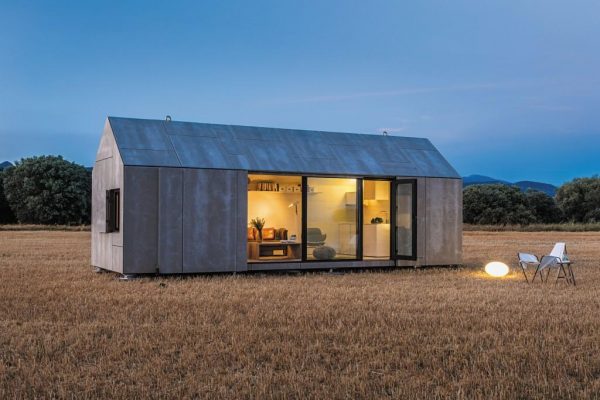Many people prefer to keep their convictions closer to home, answering “Why Go Green?” with a model of living simply. This minimalism lifestyle encompasses a commitment to reducing the complexities of life and allowing yourself to focus on the things that matter most. By connecting more and consuming less, they naturally mitigate the effects of many environmental concerns.

What is a Minimalism Lifestyle?
While minimalism tends to define art, music, design or architecture, a minimalism lifestyle defines the practice of simple, frugal living.
It encompasses personal choices and beliefs about consumerism, the pace of life, and the value of having less – less money, less “stuff”, less distractions, less stress.
Minimalism states that anything above or beyond necessity is wasteful, distracting, and creates disharmony in one’s self, relationships, and society
Principles Behind The Minimalism Lifestyle
How often do we feel rushed, stressed, overwhelmed, or exhausted? The amount of stuff we own or must take care of, the endless things we feel we need to do, and the work it requires to maintain our modern way of living leaves plenty of us feeling that way.
Minimalism holds the answer for many people.
By eliminating unnecessary distractions, the minimalism lifestyle allows a person to slow down, become aware or mindful of their actions and impacts, acknowledge or appreciate things that matter, and remain connected to themselves, their spirituality, or their loved ones.
Some may choose simple, frugal living out of necessity: in order to make ends meet they need to downsize their home, possessions or activities.
And some see the connection between our over-scheduled, wasteful, or consumeristic habits and our environmental impact and choose minimalism as a way to live sustainably.
Examples of The Minimalism Lifestyle
The personal application of minimalism will vary from person to person. What may be too much for one person is considered a necessity to others. Therefore defining minimalism by specific actions is impossible. But there are some common themes to be found in this way of life.

- A person’s home may be much smaller than commonly seen, perhaps as small as a few hundred square feet per person. It is generally very simply furnished with inexpensive, non-ornate and often secondhand pieces of furniture and very few decorations.
- They may or may not have a vehicle. Those with a vehicle tend to drive smaller, more efficient cars that are not flashy or expensive. Those without a vehicle rely on public transit, walking or bicycling.
- Their clothing is most often not designer, many times secondhand and generally plain in appearance or style. Comfort is usually placed above fashion and the cost is often very low.
- Minimalism in one’s diet often includes seasonal, local foods that are easy to prepare, involve little or no packaging and support small farms. This may mean growing some foods yourself or finding farmers who adhere to similar lifestyle and simple farming choices.
- It also means slowing down. This may mean fewer extra-curricular activities for families, fewer commitments to meet and more time spent at home. It could mean exercise consists of something slower and more meditative like jogging or yoga. And extra time is taken in the day to prevent stress, rushing or frustration in tasks or transitions.
Regardless of why a person chooses or how they implement their minimalism lifestyle, it is very obvious that simple, frugal living has a positive impact on our families, frame of mind and our carbon footprint.






